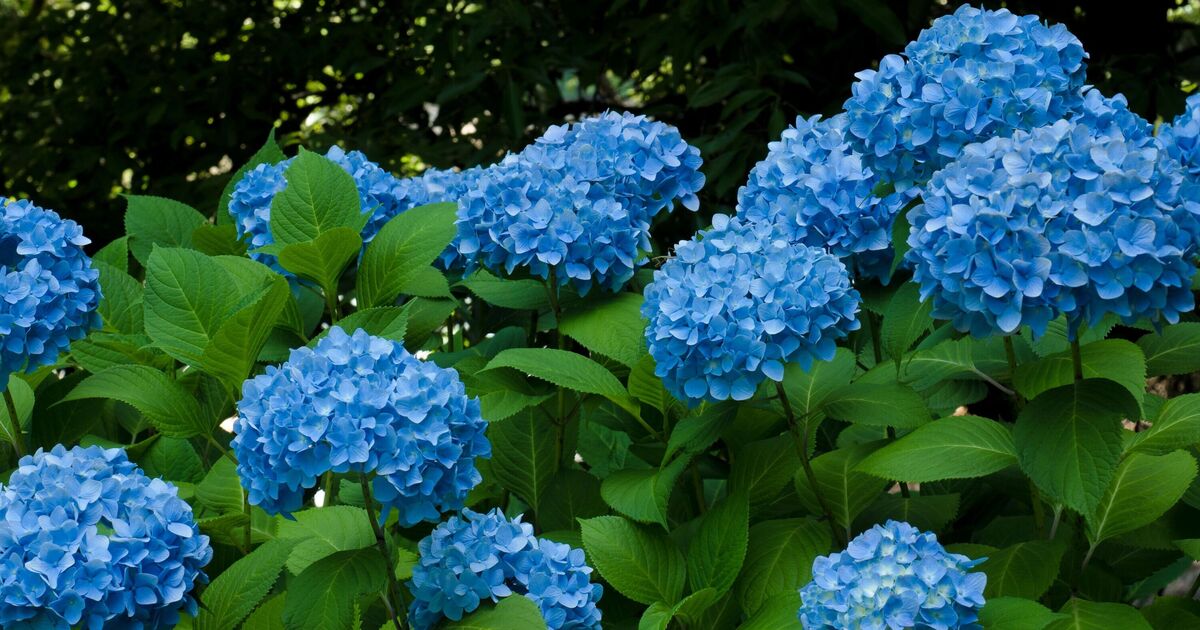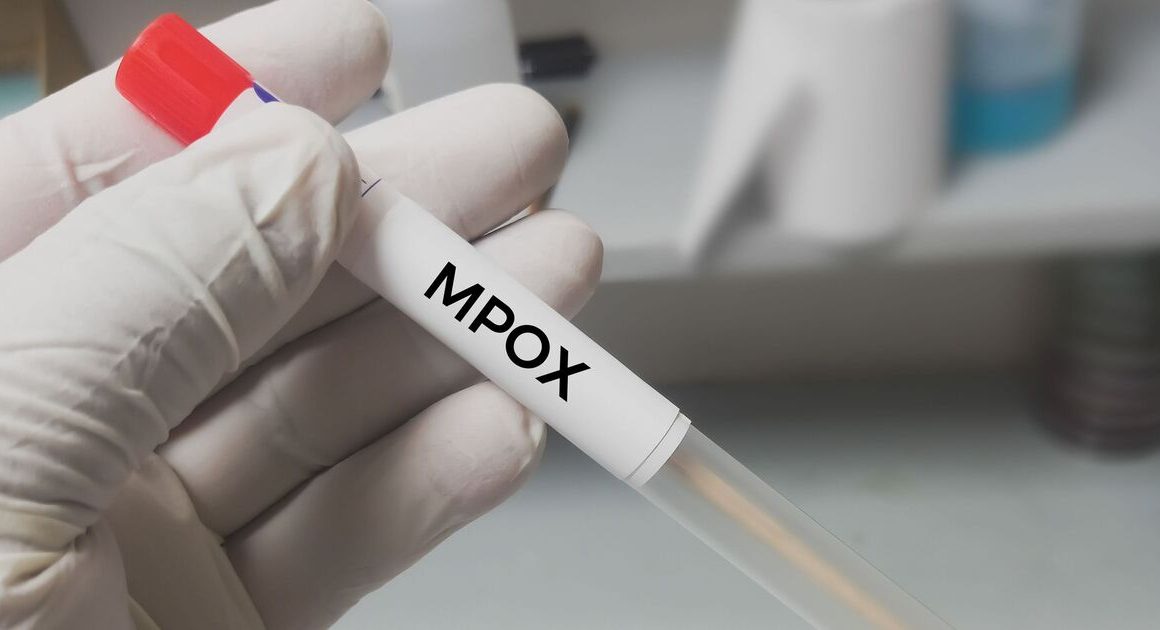Hydrangeas, with their stunning blooms in various shapes, colours, and sizes, are a sight to behold.
These shrubs are a breeze to cultivate and care for, but they all share one common need – a bit of pruning to keep them thriving and blooming beautifully.
The garden retailers at Primrose point out that while hydrangeas aren’t high-maintenance, an annual prune is key for spurring new growth.
They advised: “This is especially important for ensuring a radiant, annual floral display, as hydrangeas flower much better and burst with blooms on new stems.
“Pruning your hydrangeas will help to keep them looking neat and tidy. A yearly trim will also promote a more compact growing habit.”
The specialists cautioned that without regular pruning, hydrangeas often become tall and leggy instead of lush and floriferous.
For those with green fingers, the signal to start pruning hydrangeas is when the blossoms turn “brown and crispy”, and the leaves “start to die back”, typically from late winter to early spring.
Although the thought of pruning hydrangeas might be intimidating, it’s actually “very simple”, can be tackled in 10 minutes and all you need is “one essential tool” a pair of clean, sharp secateurs.
When it comes to making cuts on hydrangeas, the experts suggest always using sharp secateurs for clean cuts.
They elaborated: “This will reduce damage to the plant and allow it to heal and resist disease much better.”
Whilst established hydrangea plants don’t mind a bit of a snip, garden enthusiasts are reminded that “extensive cutting back all in one go may reduce flowering the following summer”.
Instead, gardeners should mark their calendars to give their hydrangeas a significant trim every three years, rather than chopping away on an annual basis with just a simple snip here and there.
Getting your hydrangeas into tip-top shape involves “three simple steps”. The “first and easiest” step is to snip off those dead seed heads and wilted flowers right above where the bright new green buds make an appearance.
For vitality, cut back a third of the stems, especially targeting the older, injured lot, sending energy coursing into the plant and stirring up a storm of “encourage plenty of fresh new growth”.
Finishing off the process, gardeners should unsnarl any tangled masses and clear out overcrowded spots with their trusty secateurs. This helps prevent the hydrangeas from choking in the middle, safeguarding the young shoots and warding off the dread of mildew.











